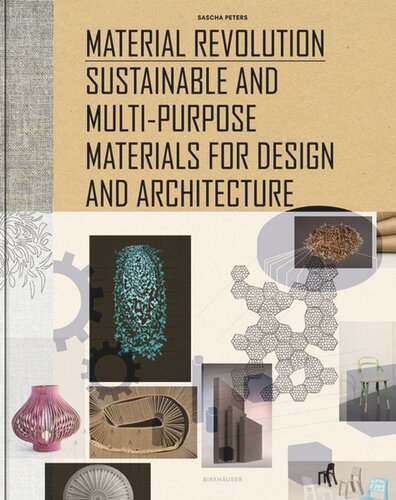

Most ebook files are in PDF format, so you can easily read them using various software such as Foxit Reader or directly on the Google Chrome browser.
Some ebook files are released by publishers in other formats such as .awz, .mobi, .epub, .fb2, etc. You may need to install specific software to read these formats on mobile/PC, such as Calibre.
Please read the tutorial at this link: https://ebookbell.com/faq
We offer FREE conversion to the popular formats you request; however, this may take some time. Therefore, right after payment, please email us, and we will try to provide the service as quickly as possible.
For some exceptional file formats or broken links (if any), please refrain from opening any disputes. Instead, email us first, and we will try to assist within a maximum of 6 hours.
EbookBell Team

4.4
102 reviewsMaterials for our future
Since it is now clear that in the future many raw materials will only be available to us in limited quantities, scientists have for some time been conducting intensive research into possible alternatives. Sustainability is the order of the day and the magic word for a better future in politics and industry. Moreover, environmental consciousness and a penchant for thinking in terms of material cycles have caught on with consumers: the use of environmentally compatible materials and production methods is desired, even taken for granted by the client.
Designers and architects thus have a special role and responsibility. For they are the ones who decide what materials will be used on their projects and thus wield enormous influence on the sustainability of our product world. At the same time, we are dealing with a flood of new materials, which calls for specialized knowledge of their properties, their possible use, and their handling. Material Revolutionbridges the gap between research and industry on the one hand and designers and architects on the other by offering a systematic overview of the currently available sustainable materials and providing the reader with all the information he or she needs to assess a new material’s suitability and potential for a given project. Along the way, it examines natural and biodegradable materials, while also presenting materials with multifunctional properties and the potential for diminishing energy requirements.